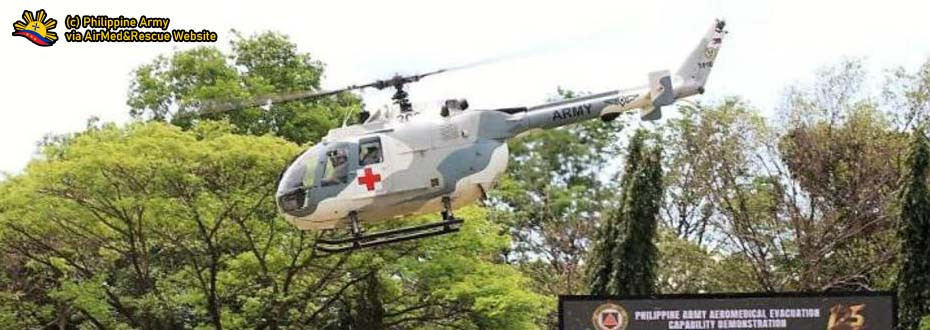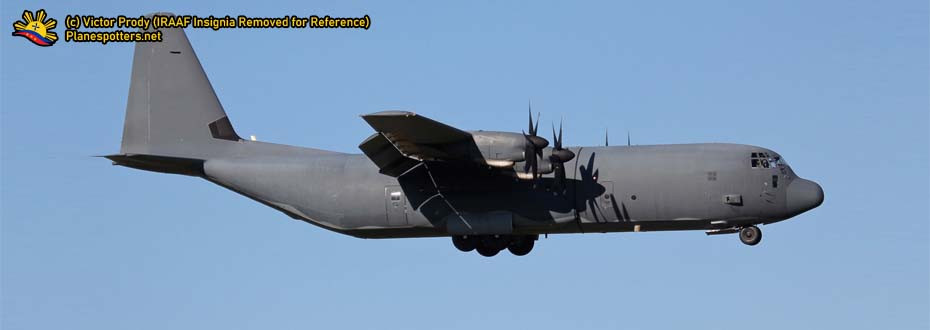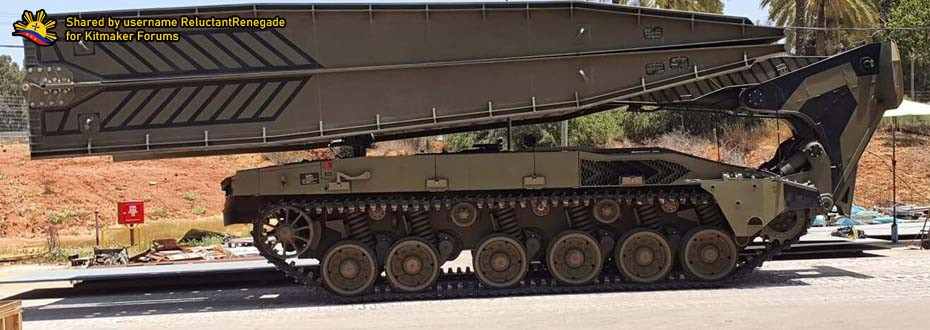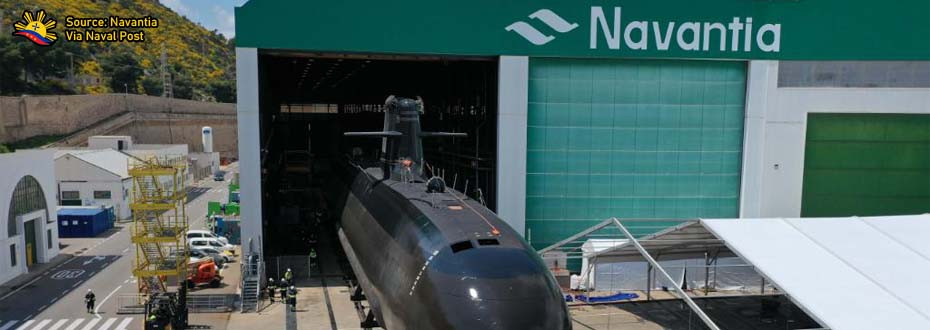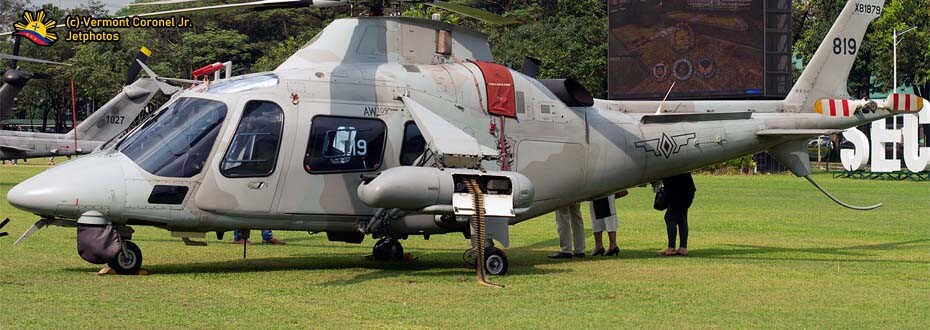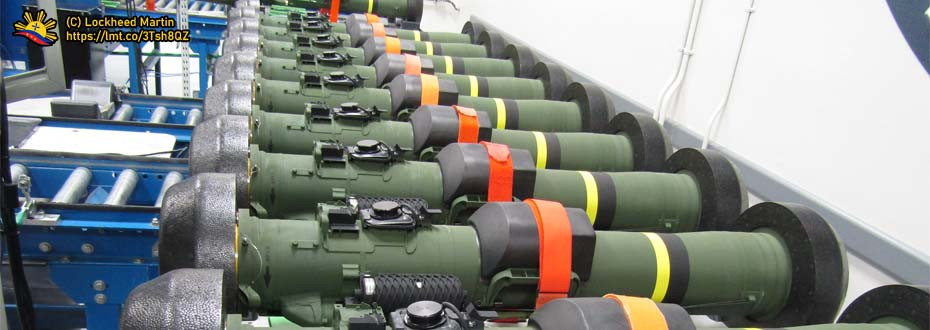OVERVIEW
 |
| The sample structure of Naval Shield in a Korean FF-X Frigate. From Hanwha Website. |
Partial reports from various defense outlets including this one indicated that the Combat Management System to be used will be the Thales TACTICOS CMS which was prominently used by numerous ships within various navies across the world. It was not until the news coming from a certain page about the change which shows up partially as a show of disappointment within the ranks that the said Combat Management System, apparently speaking, is different from the expected platform as well as allegedly not being up to the specifications given for such system. Honestly speaking, this article isn't meant to add fuel to the fire or to create division across varying opinions over the systems or the Frigate Acquisition Project itself considering that by nature, the Bids and Awards Committee and the Technical Working Group are to do their jobs thoroughly although the possibility that the root of those disappointing things may take place.
Instead, the main focus for this entry lies to the Combat Management System both the Defense Department and Hyundai Heavy Industries through Hanwha have agreed upon where it is used within the Republic of Korean Navy and several nations like Malaysia. The said system is called "Naval Shield ICMS".
THE HISTORY - COMPANIES AND JOINT VENTURES
Hanwha Systems (website)
 |
| The screen of a Naval Shield CMS (Baseline 2) Module. Screengrab from Naval Recognition YT channel. |
If we are to check the history of the company, Hanwha System is part of the larger company which is Hanwha Techwin or what was once known as Samsung Techwin where Samsung sold this security division to the Hanwha group in 2014. So as to the development of the Naval Shield itself, it is worthy to take note that the company at the time of the bidding is known as "Samsung Thales" which is a partnership between Samsung Techwin and Thales Group.
The changes of company structure throughout the bid from Samsung Thales to Hanwha Thales and eventually to simply Hanwha Systems is something that makes things partly-bit problematic especially that the frigate bid takes place as these changes took place. Hence, the in-depth details about the Samsung/Hanwha-Thales relationship are provided as follows from information gathered through in-depth research:
The year 2001.
- The Defense business of Samsung Electronics transformed into Samsung Thales as the result of Thales Group's Investment to the said business division which makes it a joint venture in terms of specialized defense technology and the developments that took place on its timeline. This is the structure of the defense business division until 2014. Source
Let us take note that the first stage of the bidding process for the frigates started in the year 2013 which the first bidding specifications are released at that time. Hence, it can be said at that time that it was Samsung Thales will be the one to provide the Combat Management Systems should a Korean frigate won at that time where it actually took place three years later which on an assessment before reports have broken out, were to compete with Thales TACTICOS system. Add to these, the Naval Shield is one of the products made in this joint venture which in itself is derived from an earlier version of Thales TACTICOS as the details about the said CMS to be discussed throughout this article. Let us continue about the timeline:
The year 2014-2015.
- Samsung Group sells its chemical and defense firms which include Samsung Techwin and Samsung Thales to Hanwha. There are reports about it which it eventually took place in June 2015. These actions were made in part of the large restructuring of Samsung's business structure as its chairman went hospitalized. Source
At that time, the partnership of Samsung and Thales are gone together in the sale of the divisions and eventually, Hanwha became Thales' new partner with regards to the defense-related development in which it may include the ones that have done in the old partnership. From here, what was once Samsung Thales became Hanwha Thales which, it takes a couple more time before Thales decided to sell all of its shares of the partnership to Hanwha.
The year 2016.
- Hanwha is to buy Thales' stake on the Joint Venture worth $257 million. This is after the Thales exercising their "put option" with regards to their investments in the said venture. From this point, until October of the said year, Hanwha and Thales end their partnership eventually. Obtained from outlets Reuters and Korea Herald. Links are posted for both pages, respectively. [link] [link]
So as to take note about the date, October 2016 is also the date where Hyundai Heavy Industries signed the contract for the Frigate Acquisition Project which the shipbuilder passed after their post-qualification assessments. With regards to the reports of that time, the Combat Management System that was offered is the Thales TACTICOS with Hanwha Naval Shield being a second possibility at that time until it was revealed at the present day this article is published that the latter will be used for the said project.
The timeline alone especially on the span the frigate acquisition project is at a bidding (2013-2016), the partnership structure at those times are so drastic when it comes to the changes made wherein it significantly affects projects like this especially on the points of the technicality of the joint venture itself (the name of the partnership may be considered as a factor) in which it is one of the reasons on the varying opinions across the defense community aside from the Combat Management System which we cannot tackle if further from here.
Hence, since that Hanwha System's chance to supply their Naval Shield ICMS to the Philippine Frigate gets increasing as the time passes by, it is worthy to discuss the system itself "the way information is presented by reputable sources across the web."
Note: Since the nature of the discussion is extremely technical by nature, taking it detail-to-detail especially on its versatility will not be thoroughly discussed considering that such information is only for authorized people to have. Hence, it will be worthy instead to tackle more on its fundamentals as well as the information that is provided publicly.
THE SYSTEM DEVELOPMENT (AND RELEVANCE TO FAP)
 |
| This is the Korean Navy Incheon-class frigate. Most of the ships in their navy are operated with Naval Shield ICMS from then Samsung Thales and eventually, from Hanwha. |
The said Integrated Combat Management System made by Hanwha traces back to the earlier version of Thales TACTICOS wherein it was then known as the "Baseline Zero" in which it serves as the basis for the system to get improved and enhanced in which different versions derived from the "Baseline Zero" CMS developed by the joint venture are introduced in the Korean Navy. To provide a clear version about this, a diagram was provided for by the Journal of Society of Korean Industrial and Systems Engineering where they wrote a thesis which it is in connection to Naval Combat Systems or CMS that is developed for the Korean Navy.
Given the details of the diagram, it shows that the Baseline Zero, being the foundation of the Korean indigenous CMS are being improved on its span of time dated back 2000s which in it developed into various versions that eventually become the Naval Shield ICMS. From Baseline Zero, there are three levels that are developed with Baseline Two being the most widely-used version among these systems which reports suggest that it will be the ones to install in the Philippine Navy ships, increasing the number of operators to three alongside the South Korean Navy and the Royal Malaysian Navy through their training ship KD Gagah Samudera. Naval Shield was introduced by Samsung Thales in 2009.
Now one may ask: "What weapons can be attached for a certain Combat Management System like Naval Shield?" By nature, CMS is flexible, varying upon the ship's design as well as the weapons fit which it can be compatible depending on its complexities. Add to that some realistic points that the Philippine Navy is a new entrant to this field of technological sophistication were having it in a ship are enough for a gain to the capabilities of the fleet (Check our article about Combat Management Systems here). However, with its complexities always comes some doubts especially on the question of "compatibility" considering that the Naval Shield ICMS is presently fitted on Korean ships with various weapons platform being integrated to it in which it serves the Republic of Korea Navy (ROKN) where weapons platform other than the ones within the Korean fleet are doubtful if they are to be fitted properly. Having doubts does not mean downplaying the potential of the system developed by Hanwha where like Thales TACTICOS, these systems aren't tested in an actual conflict where areas of improvement may get presented upon later on. Speaking of the systems' versatility, one cannot determine about it unless someone works for Hanwha or Thales are brave enough for it to be disclosed.
The mere fact that the Naval Shield ICMS serving most of the active, combat ships in the Korean Navy, it is considered "eligible" within the scope of the R.A. 10349 of the Revised AFP Modernization Program where it was and still used by its country of origin which is the Republic of Korea or by two nations if the Royal Malaysian Navy is included in the equation. Add to that is a nice logical assessment that since active Korean ships in service are operating with Naval Shield ICMS, it means that it has reliability considering that such system is in use where their higher ranks have trusted the system so as to the premise that such Naval Combat Systems are installed in the first place.
Meanwhile, Hanwha Systems is set to develop its Combat Management System product into something more sophisticated in which this system is indirectly called the "Baseline Three". Just to take note, Hanwha Systems recently showcased its technology especially the Naval Shield ICMS Baseline 2 which is to be used as well as the Baseline 3 that is under development in South Korea's MADEX 2017 or Maritime Defense Industry Exhibition which took place in the city of Busan.
 |
| Hanwha showcases both of its Combat Management Systems, the NS ICMS Baseline 2 (left) and Baseline 3 (right). Photo Source |
WEAPONS FIT
As being said here earlier, a combat management system are considered flexible in nature which it may vary in setup and weapon platforms choice in which it depends on the ship structure and other add-ins as per project planners like the Bids and Awards Committee and the Technical Working Group who spend time researching and brainstorming about the outcome of a project like the still-materializing Frigate Acquisition Project.
In connection to the Naval Shield Integrated Combat Management Systems, it is worthy to consider about the weapons platforms that are fitted on the South Korean Navy ships so as to have a glimpse as well as a collective idea with regards to which weapons systems in service the Naval Shield ICMS is presently fitted for. At this detail, the manufacturer may be opted to get the system compatible with various platforms in the market. Hence, things may get different as time progresses on.
Take into the context the FFX-1 Incheon-class Frigates in service. The said class of ships are equipped with SSM-700K Haesung (Sea Star) missiles, 127mm/L62 Mk 45 Mod. 4 naval guns, Phalanx 20mm Close-in weapons system or CIWS, and RIM-116B Rolling Airframe Missiles. Add to that the K-745 Blue Shark torpedoes armed in its torpedo tubes, Thales Smart-S Mk2 medium-to-long range surveillance radar, sonar (unknown), identification: friend or foe or "IFF" system and long-range electro-optical targeting system. These are simply pertaining to weapons platform that is attached to each of Incheon-class frigates serving the Korean Navy and these weapons platforms is ranging from interesting to unsurprising. Interesting in the sense that a certain Thales surveillance radar can be fitted in the Naval Shield ICMS with normal results, and unsurprising that several weapons platform aforementioned may found itself on both P-159 or P-160, which pertains to Hyundai Heavy Industries' hull designation on the Philippine Navy Frigates.
So as to have it a bit further, take in the context the FFX-II Daegu-class Frigates where, like the Incheon-class, are also equipped with Naval Shield ICMS and aside from that, it is also equipped with various weapons platform that is also available in the FFX-1 like the 127mm Mk 45 Mod. 4 Naval Gun, Phalanx 20mm CIWS, as well as the one that are found in this ship like the Indigenous-made vertical missile launcher that are capable to launch Cheolmae-2 medium surface-to-air missiles. In such a manner of observation for the ships' weapons composition format, the Koreans aside having an indigenous Naval Combat System like the Naval Shield ICMS are also armed with Korean-made weapons aforementioned like the SSK-700K and the K-745 Blue Shark torpedoes. Thus, it makes the ships within ROKN to have a western-local mix of technology in which the Naval Shield will definitely cope up so as having it being in the service.
 |
| Specs of the Frigates as collated in a list from a PDFF Forum Member alpha_delta. |
Hence, while the project still keeps rolling on itself at play, being vigilant as well as being patient are very important things to consider, as well as to understand about the composition of a fully-armed warship especially the system that runs it. In that case for the Philippine frigate, it will be the Hanwha System's Naval Shield Integrated Combat Management System.
SUMMARY AND TIDBITS
It was more than a year since the contract signing of Department of National Defense and Hyundai Heavy Industries which it pertains to the procurement of the new Philippine Frigates so as it will be delivered by the year 2020.
At first, partial reports suggest that the Combat Management System that will be running the ships' weapons platforms will be the Thales TACTICOS. However, this was revealed later on that it will be Hanwha's Naval Shield Integrated Combat Management System (Baseline 2) which it will install on the Philippine Navy future frigates which have Hyundai Heavy Industries' project designation numbers P-159 and P-160. The Korean-made CMS already marks its fine reputation within the ROKN in particular to its Incheon and Daegu-class Frigates with project designations FFX-1 and FFX-2, respectively. It was developed jointly by a joint venture of Samsung and Thales prior to the 2015 sale of Samsung's defense division to Hanwha and the 2016 "put option" made by Thales which in turn sell its investments to Hanwha. Despite having "less" users than the Thales TACTICOS, Hanwha Systems is gaining a bit where aside from the Royal Malaysian Navy, their Naval Shield ICMS may find its way to the Philippine Navy frigates, which will gain the capabilities of the fleet where it will be the first for the Navy to incorporate combat management systems on their ships.
Hence, it is a good thing to have that South Koreans have produced their own Combat Management System which it really helps their navy ships to function with all of the weapons attached to a system they considered "their own". Add to that, the South Korean defense industries are in the attempts to gain ground on the international stage where in the case of the Philippines, Korean-made ships are on its way aside from the number of Korean-made assets that are already with the Armed Forces such as the KAI FA-50 Fighting Eagles. With these, we can only hope that Hanwha Systems and their Naval Shield ICMS will further prove its worth aside from the ones incorporated in the Korean Navy where expectations and standards can be met or to be exceeded upon.








